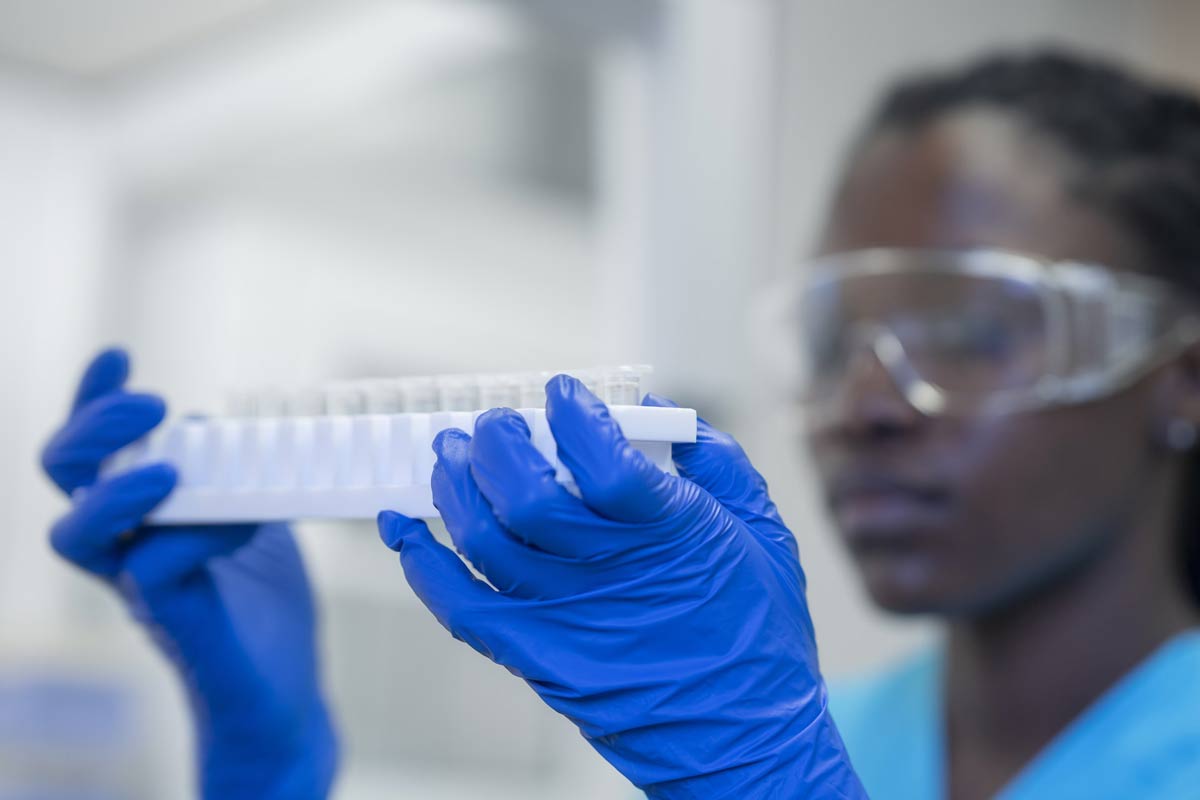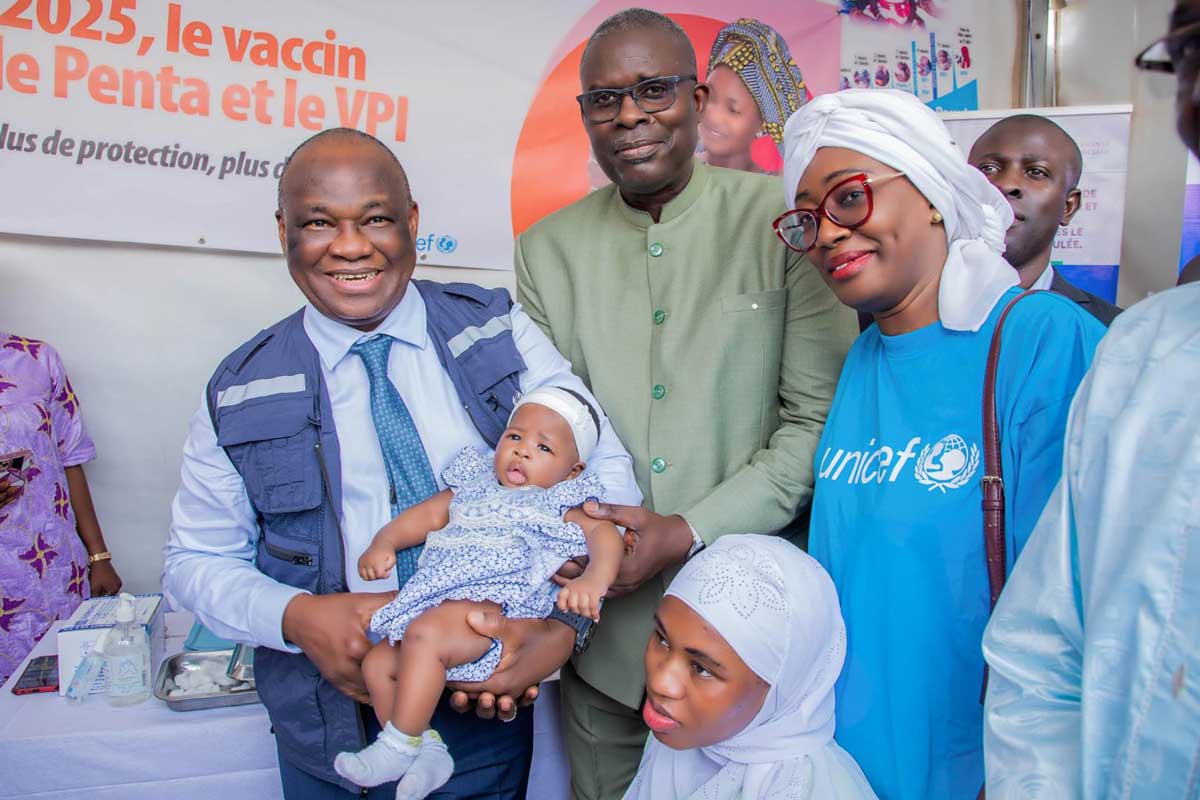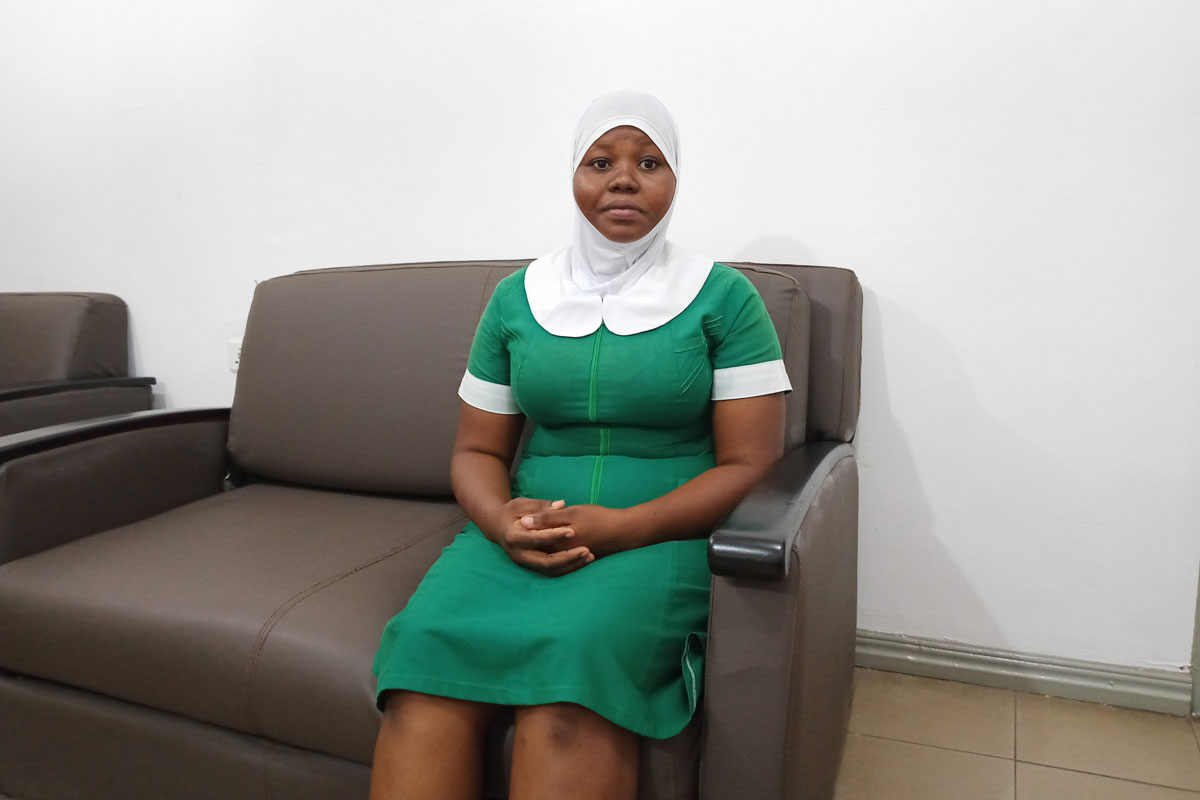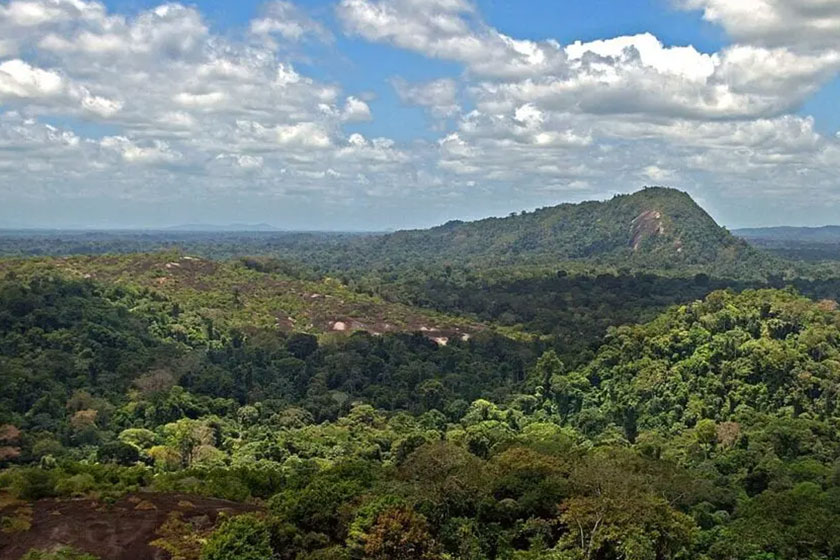COVAX: A new standard for global innovation and partnership
COVAX has a critical role to play in ending the acute phase of the pandemic. The initiative could also be a model for how we address some of the most urgent development challenges of our time, from climate change to poverty reduction.
- 20 April 2021
- 6 min read
- by Concordia

Much has been said about the importance of COVAX as a critical financing and distribution vehicle in the global vaccination effort against COVID-19. Its ability to align key resources and expertise, cut through political red tape and navigate complex bureaucracies, and provide quality and efficient last-mile delivery of life-saving vaccines is essential to stop the virus from circulating and quell the pandemic. But can the learnings from COVAX contribute even further, and does this partnership serve as a model to help us more rapidly achieve the Sustainable Development Goals (SDGs)?
The creation of new financing tools and de-risked investment opportunities could generate massive progress in this space, and COVAX demonstrates that such a financing exercise can be undertaken at scale when political will demands.
Earlier this month, Dr Seth Berkley, CEO of Gavi, the Vaccine Alliance, was joined by Jay Collins, Chairman of Citi, and Gayle Smith, former President and CEO of the ONE campaign, and newly appointed coordinator of the global COVID response and health security to the U.S. Department of State, in a Concordia Live webinar to discuss the innovations within the COVAX partnership and its applications to other pressing global issues. The conversation uncovered many ways in which COVAX can contribute beyond its immediate and intended purpose.
One of the main strengths of this massive multilateral undertaking includes its ability to take an existing structure – Gavi, the Vaccine Alliance – and adapt, grow, and scale it. Gavi’s experience at protecting half the world’s children from vaccine-preventable illnesses means that it has the established processes, footprint and reputation necessary for the early success of the vaccine rollout. As a public-private partnership, it has also been able to bring key players to the table, such as the World Health Organization (WHO), World Bank, civil society, governments and vaccine manufacturers, to proactively design the multi-country negotiation and risk mitigation approach necessary to address a global pandemic.
A nimble, flexible structure
While operating from an already-established space was key to COVAX’s early success, just as essential to its longer-term sustainability is the opposite: flexibility. COVAX leaders have heralded the importance of the vehicle’s ability to adapt as the outbreak evolved. COVAX took on new risks, and, as Collins noted, its role shifted from agent to principal. How was it able to do so, and how can other initiatives practically design for such flexibility? Gavi is structured as a network-based partnership, rather than an overly institutionalised one. This model allows partners to come and go, and for roles and functions to evolve in real-time. While a more institutional partnership can provide more certainty for long-term planning, it can be rigid and bureaucratic, which can delay or flat out prevent flexibility.
Have you read?
Flexibility in structure also extended into the financing model: Citi has authorised a variety of financing tools – from sovereign credit risk to making firm order contracts on behalf of other countries, to sizing liquidity issues, and to creating vaccine bonds – allowing for countries to structure their payment and vaccine financing in a manner best suited to their economic and demographic make-up. A one-size-fits-all approach wouldn’t meet the needs of the diverse lower-income countries participating in COVAX, but having a guarantor such as Citi backing the transactions permitted confidence in vaccine orders for both the independent countries and the manufacturers.
Investment, flexible financing and market transparency are key to multilateral success
Smith outlined two key lessons from the COVAX model. First, investments need to be consistent, predictable and more regular to provide for advanced planning at the health ministry level. Second, transparency and pricing in the market are critical to avoid surge pricing or reference pricing. As the international community considers other global health challenges, from viral outbreaks to non-communicable diseases, this question of the market remains key. How might lessons from COVAX be expanded to, say, medicines, diagnostics and device development, as well as to improve access in high-risk, middle-income countries to address market inefficiencies and perverse incentives? Could pricing and investment transparency, as facilitated by a neutral platform, create a new way of pricing all medicines and contribute to global health?
Thinking beyond the expansion of these ideas in the health space could allow us to apply these learnings to other pressing global issues. The COVAX partnership, co-led by Gavi, the WHO and the Coalition for Epidemic Preparedness Innovations (CEPI), the largest multilateral effort since the Paris Agreement, includes many of the same state players, and addresses a challenge of similar global importance. So, how can some of the successes be transferred into climate action? Certainly, flexibility of financing mechanisms comes into consideration. A challenge in low- and middle-income countries is securing climate financing at the municipal level, preventing important infrastructure upgrades and new green builds from happening at scale. The creation of new financing tools and de-risked investment opportunities could generate massive progress in this space, and COVAX demonstrates that such a financing exercise can be undertaken at scale when political will demands.
A model for tackling other global challenges
Learnings from COVAX have near endless applications in the global effort towards the SDGs. Should the network model be relied on to create a more cohesive set of refugee and migration policies, to safeguard human rights and support integration without sacrificing national security or bankrupting social safety nets? Can industry competitors come together as pre-competitive peers to develop standards and accelerate innovation to reduce global hunger, and what role do neutral, non-industry players have in facilitating that collaboration? Is multilateral decision-making strengthened when small voices are as influential as large voices, and what can be done to bring more groups to the table in an organised, constructive fashion?
The way forward
The kind of thinking that has led to the initial success of COVAX comes through intentional commitments to innovation. The COVAX partnership, building on Gavi leadership, is a key driver of innovation. Its partners have organised internally to incentivise and facilitate creative collaboration, and its reach allows for the type of scale essential to turn innovation into impact.
But even the best partnerships cannot stay constant. COVAX will need to continue to push itself and the limits to weather the very real risks that remain in the global vaccination effort. From vaccine nationalism to the rapid spreading of variants and lingering public hesitancy, the dangers to backslide are very real. Longer-term questions, such as the longevity of inoculation and what continued support for a COVAX facility would look like in terms of market viability, will also need to be addressed.
As Dr Berkley concluded the Concordia event, a pandemic should be viewed as a continued threat, and we should prepare during “peacetime” to avoid an outbreak at this scale. Its teaching must not only be shared with other multi-stakeholder initiatives to scale impact, but must be turned inward to see progress fully through.
Hanne Dalmut is the Senior Director of Partnerships at Concordia and serves on the organisation’s senior leadership team in support of organisation-wide impact and growth. As Senior Director, she oversees Concordia’s Membership, Sponsorship and Programming Partnership relationships and, working with her team, ensures that Concordia’s year-round work connects back to its mission of building partnerships for social impact.
Contact Concordia to learn more about the evolution of public-private partnerships in a COVID era.





